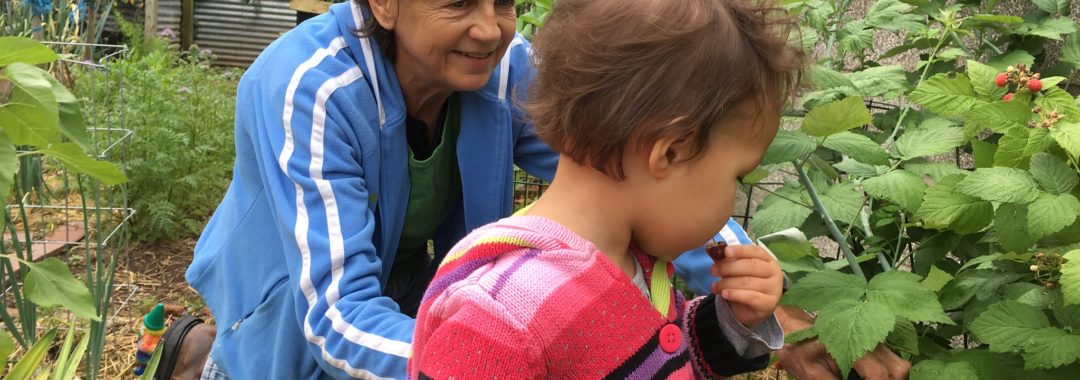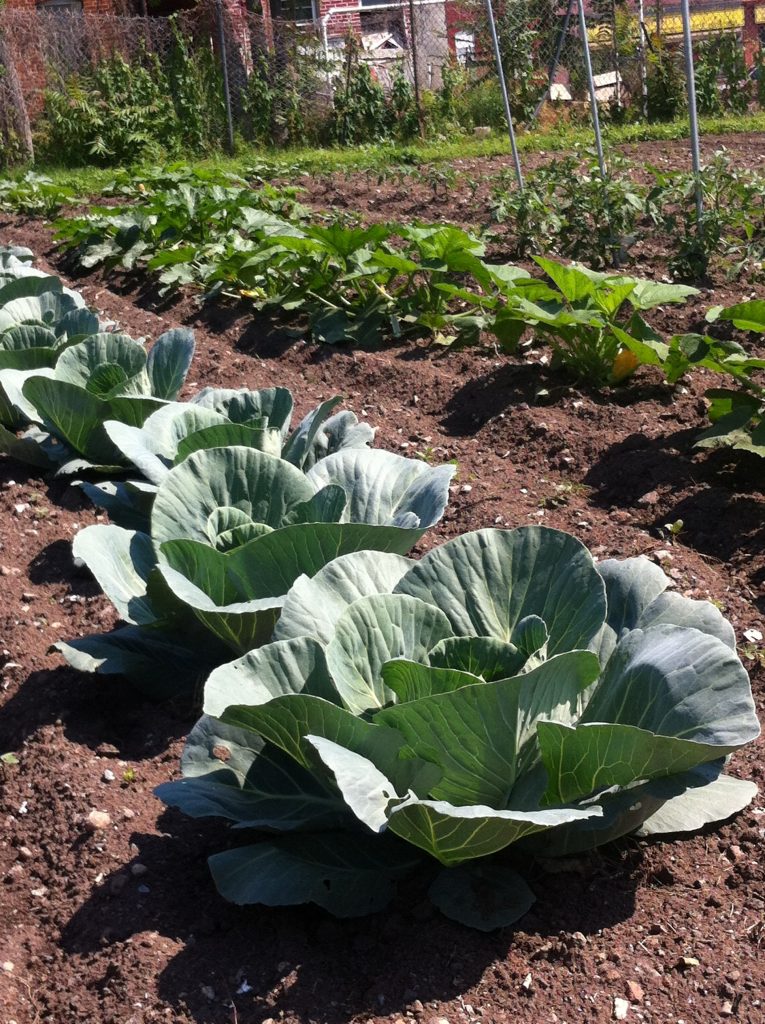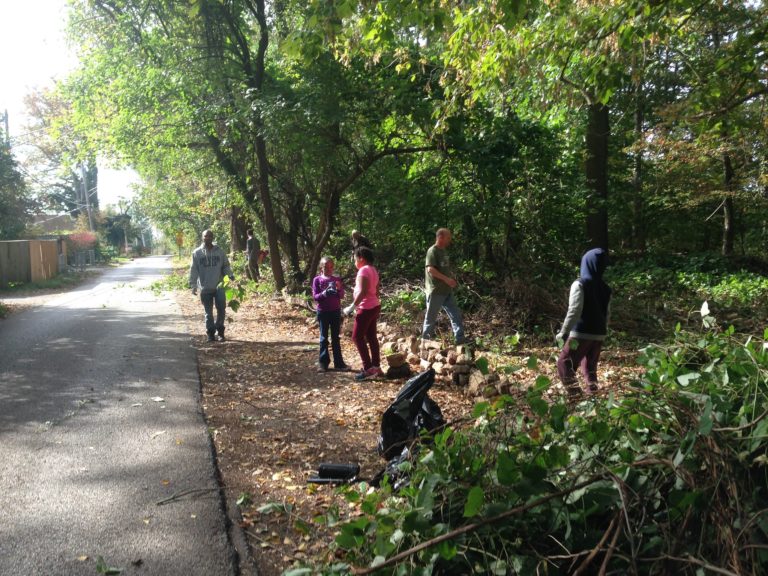
“The ideal of sustainability is a world where all people’s needs are met now and into the future. This obviously requires that we take care of our home, Earth.” This is a principle that guides the work of our Executive Director, Miriam Avins, and is one of the values that drive Baltimore Green Space.
In addition to directing Baltimore Green Space, Miriam is one of two co-chairs of Baltimore City’s Commission on Sustainability. She helped develop the new Sustainability Plan, from the first coffee shop conversations among commissioners and staff. The plan was passed by City Council on March 18 and will soon be signed by the mayor, and it guides the work of Baltimore City’s Office of Sustainability as well as its Sustainability Commission. We’re devoting this issue of Land Talk to the new Sustainability Plan, from Miriam’s front-row seat. We asked her what was so special about this Sustainability Plan and why we should care.
“An unusual aspect of the Sustainability Plan is that it lifts up great ideas from inside and outside government. Most City plans say what city government will do. In contrast, the Sustainability Plan – which had input from 125 ambassadors, thousands of residents, and hundreds of experts – goes far beyond city government. It needs residents and nonprofits as well.
“When we insist that economic, social, and environmental well-being be increased throughout Baltimore, we’ve got to be creative. For example, City Council recently passed legislation to require clean emissions at the Wheelabrator trash incinerator – one of the goals in the plan. This will significantly reduce air pollution, especially for the neighborhoods near the incinerator, which are some of the most polluted in the country. If Wheelabrator is unable to meet the new requirements, what will we do with our trash? Another plan goal – that Baltimore should become a zero-waste city – is now more urgent, which is good. To get there, we must change how we process waste, and there are ways to do this that will bring more jobs, as well as more compost for growing food locally.”
When asked what she was most proud of related to the plan, her answers were focused on equity and how the work of Baltimore Green Space harmonizes with the plan.

“I’m grateful that we put racial equity front and center in the plan. The damage done by systemic racism is achingly obvious throughout our city. The commission was unwilling to allow race to be the elephant in the room. We want to talk about it. We want to understand whether city agencies and nonprofits are able to effectively counter racism. And we want to create accountability by talking about equity consistently. We found knowledgeable people, including commissioners, to advise on how to weave this in. We will also be learning as we go along.”
“When I looked at our programs in light of the Sustainability Plan, I was pleased to see that our garden and forest programs help meet plan goals such as creating opportunities for residents to increase their connections to nature; building stronger neighborhoods and stronger social connections; and increasing management of our natural systems by residents. And of course – increasing the acreage of maintained and protected land! We know that we’ve got a long way to go to live out our values, but I’m pleased to see where we are.”
Miriam has been working as the co-chair of the Sustainability Commission since 2018. We encourage you to review the plan and do what you can to move it forward in your community. To learn more, check out the Sustainability Plan or visit the Sustainability Open house on April 17.

Be the first to hear about exciting events, news, and opportunities.
[email protected]
(813) 530-8166
2100 Liberty Heights Avenue
Baltimore MD 21217
Facebook | Instagram | Twitter